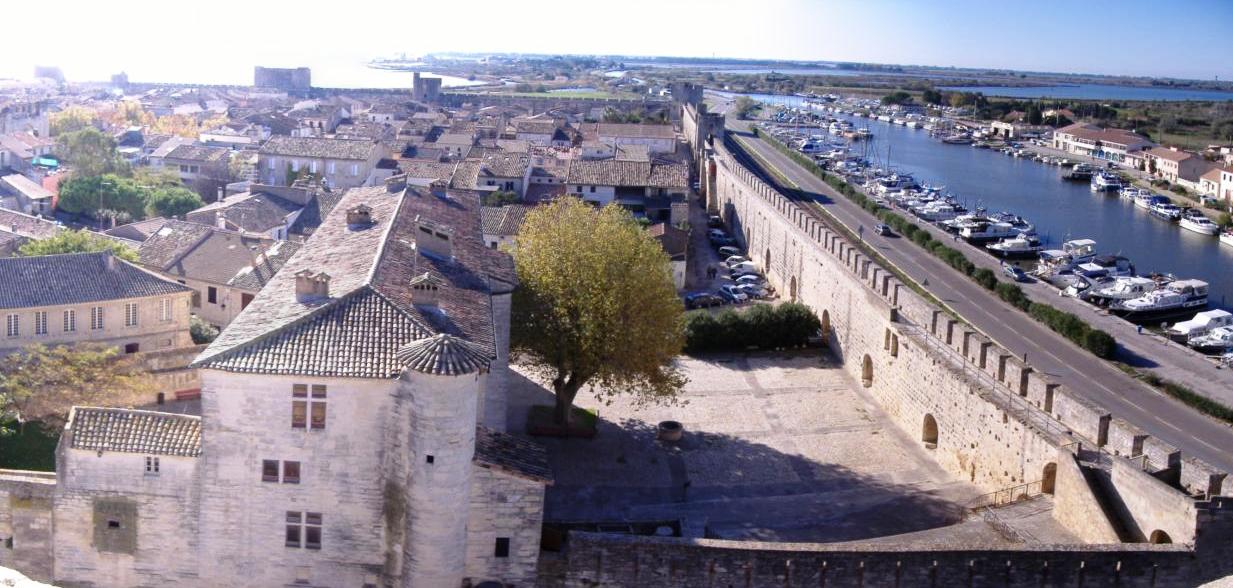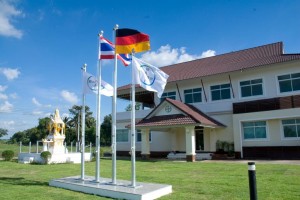I’ve been in Montpellier for the past few days attending what is actually quite an interesting conference, which is just as well because we’re out in a pretty uninteresting suburb. We did get a day off on Saturday, but otherwise we haven’t had much free time. A pity, because perusing the little pamphlets describing different local tourist attractions that one finds scattered around the hotel reveals at least three with interesting agricultural biodiversity angles.
One is a boat tour around the Isles de Stel in the Camargue: salt works, horses, bulls, rice fields, local food, the lot. Plus it starts from the fascinating medieval town of Aigues-Mortes. 1

Or you can visit a buffalo reserve near Sainte-Eulalie. This seems to refer to the wisent, saved from extinction by captive breeding in Poland.
And, finally, there’s La Bambouseraie, near Anduze. It’s a botanic garden, resource centre and nursery dedicated to bamboos that was established in 1856 by Eugène Mazel.
Mazel had made a fortune in trading with spices he directly imported from Asia. This activity allowed him to have plants, practically unknown in Europe at that time, sent to him from these distant countries.
Too bad I’m stuck in this hotel. Although, what with the Air France strike and all, I might get the chance for some sightseeing after all.
